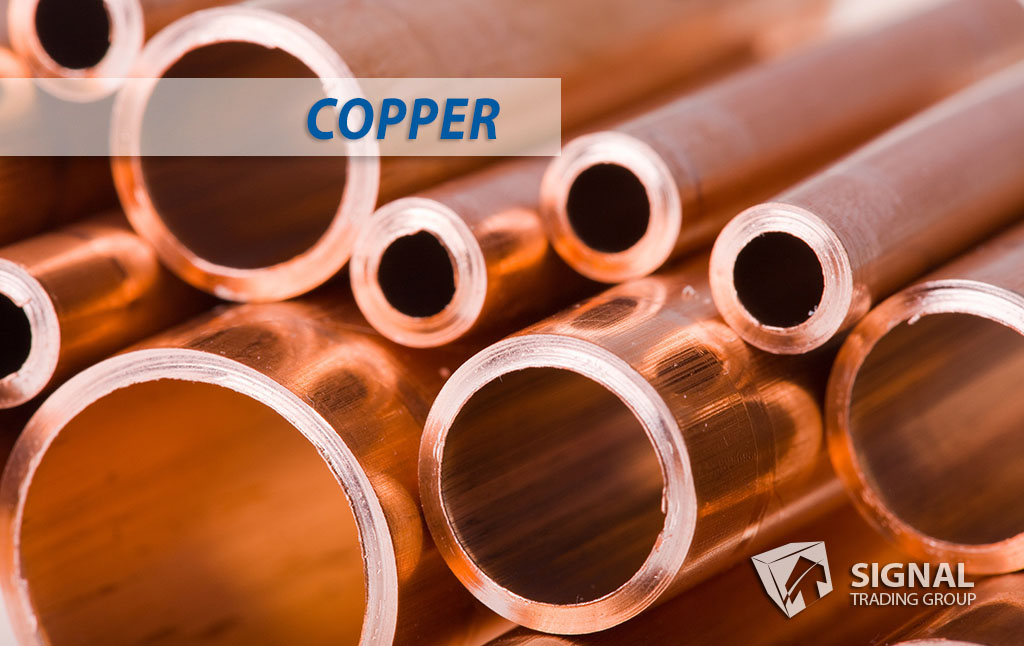Riding the Waves in the Copper Market
Copper is a crucial industrial metal, heavily utilized in the construction, transportation, and electronics industries. Its high conductivity, durability, and versatility make it a valuable commodity in global markets, often associated with economic growth and development. However, copper’s price and availability fluctuate yearly as it reacts to global demand, geopolitical events, the supply and demand chain, and the overall economic climate. In this blog post, we’ll explore the seasonal fluctuations of copper and delve into the key factors affecting its price.
Main Applications and Importance of Copper
Copper’s multiple applications make it an essential commodity in the global market. Here are some of its primary usage and applications:
- Electrical wiring: Due to its high electrical conductivity, copper wiring is commonly used in residential and commercial applications.
- Electronics: Copper produces electrical components such as switches, connectors, and cables.
- Construction: Copper tubing is used for plumbing, air conditioning, heating, and refrigeration systems.
- Transportation: Copper is also essential in assembling cars, trains, planes, and ships, particularly for electrical wiring and components.
- Renewable energy: The growing popularity of renewable energy sources such as solar panels, wind turbines, and electric vehicles also contributes to the increased demand for copper.
Seasonal Fluctuations of Copper Prices
Analyzing the historical price trends of copper, it’s evident that there are noticeable seasonal fluctuations that can be attributed to various factors. So let’s take a closer look at these influences.
- Global demand: As the largest consumer of copper, China’s economic indicators (such as GDP, infrastructure spending, and manufacturing data) play a significant role in driving copper prices. Typically, copper demand peaks in the first and third quarters of the year due to construction and manufacturing projects. It softens during the second and fourth quarters because of holidays and cooler weather, affecting construction activities.
- Trends: The growth and production of renewable energy systems like solar panels and electric vehicles may lead to increased demand for copper, potentially impacting its price fluctuations and seasonality.
- Geopolitical events: Unforeseen political circumstances or trade disputes may influence copper’s price movements. For example, the US-China trade war hurt copper prices in 2018 and 2019 because of uncertainties surrounding trade dynamics and its potential to hamper overall economic growth.
- Supply and demand chain: Disruptions in the supply chain, such as strikes or accidents at major copper mines, can significantly affect copper prices throughout the year. Similarly, fluctuations in demand can also impact the market, triggered by economic slowdowns or shifts in industries that rely heavily on copper.
- Economic climate: The overall state of the global economy has a significant effect on copper prices. Being an industrial metal, copper prices can rise during economic growth and fall during recessions or economic contractions.
Trading Approach for Copper
To capitalize on this commodity’s expected changes in price, investors and traders analyze global economic indicators, such as the overall health of major economies and currencies. They also track geopolitical events that may affect supply and demand factors for copper, such as trade agreements or political developments in countries where major mines operate. Additionally, news about significant copper mines, such as changes in production, worker strikes, or natural disasters, can affect the price of copper, providing investment opportunities.
The complexity of trading copper can be overwhelming for some traders. That’s where Signal Trading Group’s approach comes in, offering a simplified process for trading copper. By examining seasonal charts to determine significant pivot points for copper prices, traders can efficiently predict highs and lows to capitalize on these price fluctuations. Further, traders can ensure copper prices follow their expected seasonal patterns using seasonal accuracy charts. Finally, traders can follow the copper systems on Signal Trading Group’s premium service or purchase their TradeStation copper systems to trade copper quickly and easily.
Overall, understanding the patterns and trends of copper prices can benefit traders, and Signal Trading Group provides a streamlined approach for taking advantage of these fluctuations in price.
Direct Links for more information on Copper:





